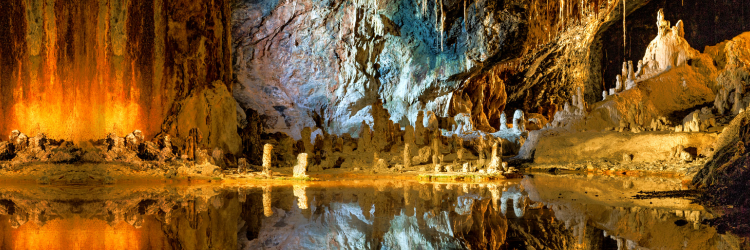Increasing the Probability of Finding H2O on Exoplanets by x100
There may be many more Earth-like exoplanets with liquid water than we thought, potentially increasing the chance of finding life. Dr. Lujendra Ojha of Rutgers University claims that their work shows water can be found in places previously not considered and that even if the surface of a planet is frozen, there are two ways that heat can be generated to allow water to liquefy underground.
The heat from radioactivity deep in the Earth can warm water enough to keep it liquid, as is taking place in Antarctica and the Canadian Arctic, where despite the frigid temperature, there are large underground lakes of liquid water. There is even evidence that this might be happening on the south pole of Mars.
The research looked at the planets found around the most common type of stars – suns called M-dwarfs that are much colder than our Sun. 70% of stars in our galaxy are M-dwarfs, and most rocky and Earth-like exoplanets found to date orbit them. They found that when one considers the possibility of liquid water generated by radioactivity, it is likely that a high percentage of these exoplanets can have sufficient heat to sustain liquid water. The new model shows that this could approach one planet per star—a hundred times more likely to find liquid water than previously thought, increasing the odds for the origin of life elsewhere in the universe.

